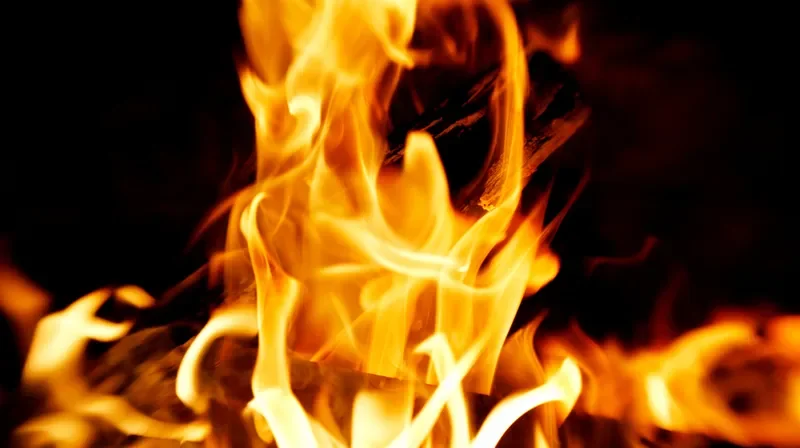Doctors Had to Put Out a Fire in Patient's Chest During Open Heart Surgery
Ed Cara

An Australian patient’s life-saving surgical procedure went up in flames, and unfortunately we don’t mean that figuratively. Doctors say their attempts to perform emergency heart surgery on the man went slightly awry at one point, when a flash fire sparked in the man’s cracked-open chest cavity. Amazingly, the doctors were able to put out the fire and complete the surgery with no other complications.
The strange case was reported by the doctors this weekend at the Euroanaesthesia Congress, the annual convention of the European Society of Anesthesiology.
According to their report, the 60-year-old had suffered an ascending aortic dissection, a potentially fatal rupture in the inner wall of the major artery that pumps blood away from the heart to the rest of the body. As a result, he quickly needed surgery to repair the tear. But the man’s underlying lung problems, particularly his chronic obstructive pulmonary disease (COPD), would complicate the procedure in an unexpected way.
In order to reach his heart, the doctors had to crack open his sternum—the bone smack in the middle of our chest. But the man’s right lung was stuck to the sternum, with bits of damaged lung tissue called bullae being the main problem. Bullae are blisters filled with air that often form in people with COPD. And as the doctors tried to carefully pull off the right lung from the sternum, they punctured one of these bullae, causing a major air leak. To make sure the patient wouldn’t go into respiratory distress (a condition where the lungs fill up with fluid, effectively drowning you), more anesthesia was pumped into the patient and the flow of air he was receiving via a ventilator was changed to 100 percent oxygen.
Part of the surgery required the use of an electrocautery, a device that uses heat to burn away or cut through tissue. There was also a dry surgical pack near the man’s chest cavity, a bundle used to carry sterilized surgical instruments. Soon after the man’s air was changed, a spark from the device landed on the dry pack and—thanks to the very oxygen-rich air around the man’s chest—created the flash fire.
Incredibly, the doctors were able to quickly extinguish the fire, with no damage to the patient. They then proceeded to finish up the surgery “uneventfully” and successfully repaired the man’s artery.
The unusual turn of events later inspired the doctors to look for similar cases. They managed to find six other documented cases of chest cavity fires during surgery, all of which involved dry surgical packs, increased oxygen concentration, the electrocautery device, and a patient with COPD or another lung disease. These cases also, fortunately, ended with no injuries. Though their case is the first, according to their account, to involve this particular kind of surgery.
While these cases are obviously very rare, they hope to spread awareness of the phenomenon, especially given the risk factors common to each one.
“This case highlights the continued need for fire training and prevention strategies and quick intervention to prevent injury whenever electrocautery is used in oxygen-enriched environments,” lead author Ruth Shaylor said in a release describing the case provided by the European Society of Anesthesiology. “In particular, surgeons and anesthetists need to be aware that fires can occur in the chest cavity if a lung is damaged or there is an air leak for any reason, and that patients with COPD are at increased risk.”
Correction: A previous version of this article incorrectly stated that the patient was receiving oxygen through a gas mask. He was actually breathing with the help of a ventilator. Thanks to commenter lattegirl for pointing this out. We regret the error.
